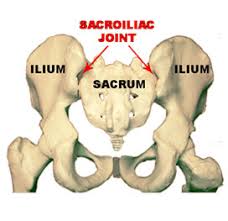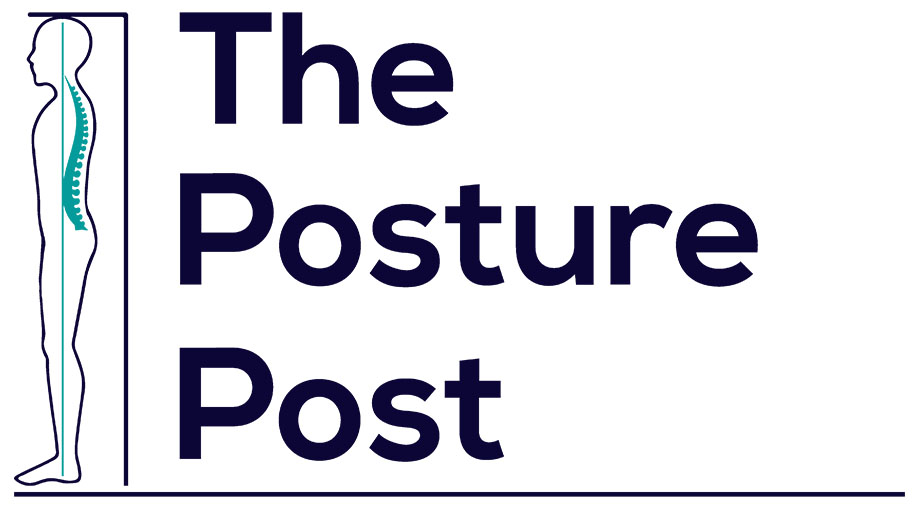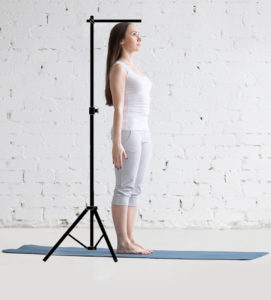Do you sleep on your stomach, side or back?
Read time: 3 and a half minutes
At the bottom there is a quick reference guide, let’s just dive right into it!
1) You shouldn’t sleep on your stomach. If you’re using a pillow while sleeping on your stomach you’re raising the angle of your neck, compressing one side of your traps and scalenes and a lot of other intricate muscles along your spine and neck. Now think about what’s happening on the other side of your neck. The same muscles are elongating on the opposite side. You are not sleeping in a neutral position for your neck and spine and this can lead to very tight muscles, knots and a lot of pain and discomfort.
Article 5 will have stretches that helps correct the pain and discomfort that might be troubling you.
(If you do not sleep on your stomach you can skip to sleeping on your back and sides. I suggest you come back to finish this section off after, though because there’s some useful information).
2) When you sleep on your stomach you can also put your lower back in an exaggerated position compressing the nerves a little bit more than if you were sleeping on your back or on your side.
3) People who sleep on their stomach tend to also lift up one of their legs(picture the legs of a frog) this can put a lot of pressure and tension in the SI joint (sacroiliac joint). This leads to a lot of hip and low back pain.

Arm Position
People who sleep on their stomachs also have a tendency to put one or both arms underneath their pillow. Your arms should always be below 60 degrees. Anything above 60 degrees is a lot of compression on your traps, shoulders and neck which can aggravate your symptoms.
*45 degrees and below is better*
Modifying your arm position can have a positive impact; therefore decreasing your pain level, and potentially eliminating the pain altogether.
Check your pillow to see if while lying on it your neck it is in a neutral position
Sleeping on your back
You may experience no low back pain or discomfort while sleeping on your back. In which case this may be a perfect position for you to sleep in. If while sleeping on your back you are experiencing upper back, shoulder or neck pain I suggest you scroll up to the section Arm Position.
Now if you have any pain or discomfort in your low back a simple modification can help. Put a pillow or 2 under your knees making the angle at least 30 degrees. A bit higher for some may be needed.
At this angle your vertebrae are in this most open packed position, meaning that the spaces between the joints and the vertebrae are as open as they can be. The straighter your legs the more closed pack these joints are.
While sleeping on your back make sure your body is in a neutral position and you’re not scrunching your body to one side or the other.
Pain and discomfort may be brought on by herniated disks, SI joint dysfunction or tight musculature, to name a few.
Sleeping on your side
Sleeping on your side you should be in a semi fetal position, pillow between your legs creating a neutral position for your hips.
If while sleeping on your side you are experiencing upper back, shoulder or neck pain I suggest you scroll up to the
section Arm Position.
You may be experiencing pain behind your shoulder blade. This is most likely a knot. In the next Article (5), we look for the 3 ways to start fixing this problem today
As promised a reference guide
- Don’t sleep on your stomach
- Arms below 60 degrees and I will even go as for as saying it should be below 45 degrees
- Sleeping on back, you may benefit from putting a pillow under your knees creating a 30 degree angle.
- Sleeping on your side you should be in a semi fetal position, pillow between your legs creating a neutral position of your hips.
- The pillow for your head should create a neutral position for your neck and spine. If your pillow is too thick it’s going to crunch your neck upwards. If it’s too thin it’s going to pull it downwards. This is when most people are going to have the tendency to put their arm underneath their pillow.
- The angle of your shoulder needs to be below 60 degrees. BUT 45 degrees and below is even better!
- Check your pillow height for optimal neutral neck position
- Maybe it’s time for a new mattress
If you have any questions or comments please feel free to ask
info@theposturepost.com
Time to make one positive change today!


